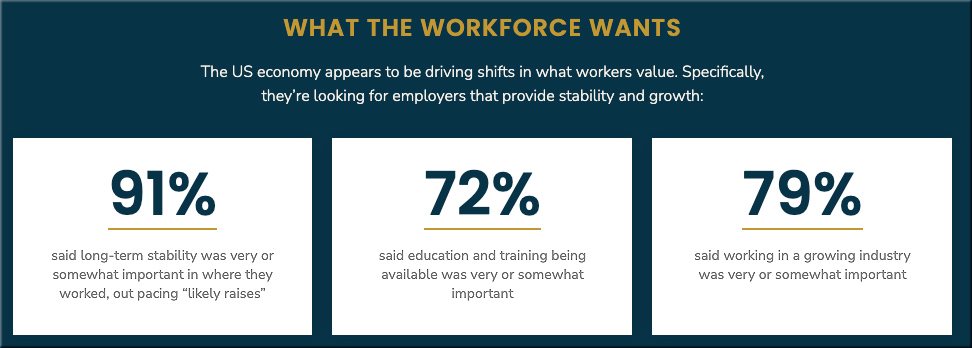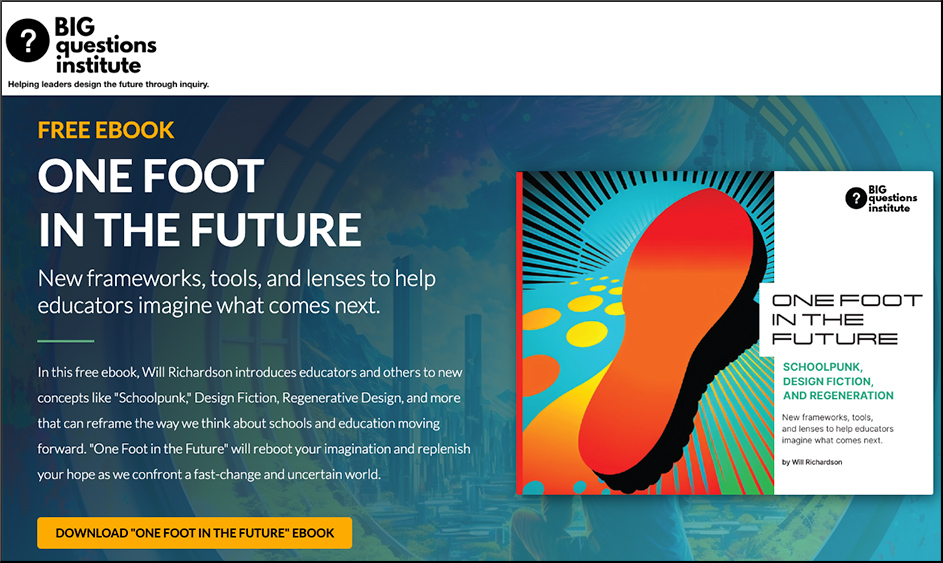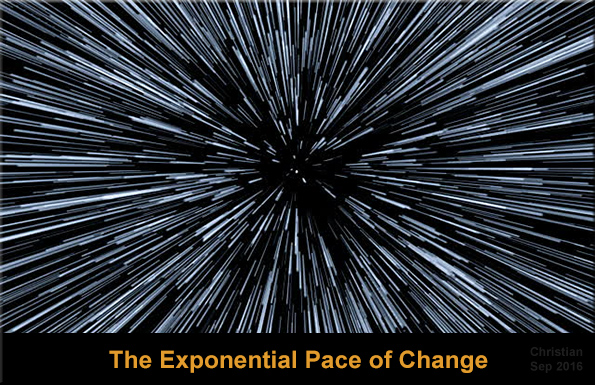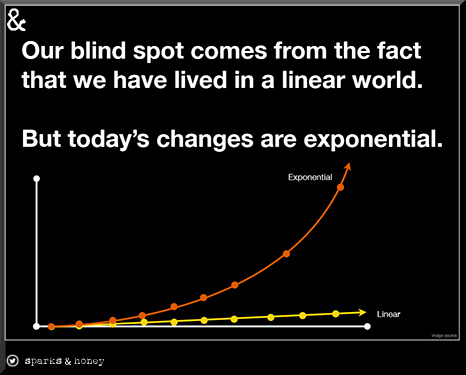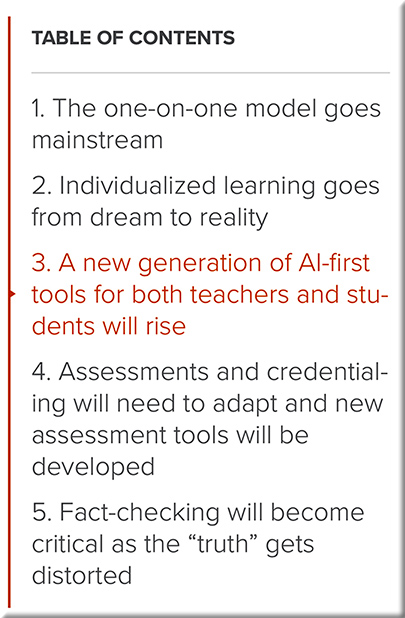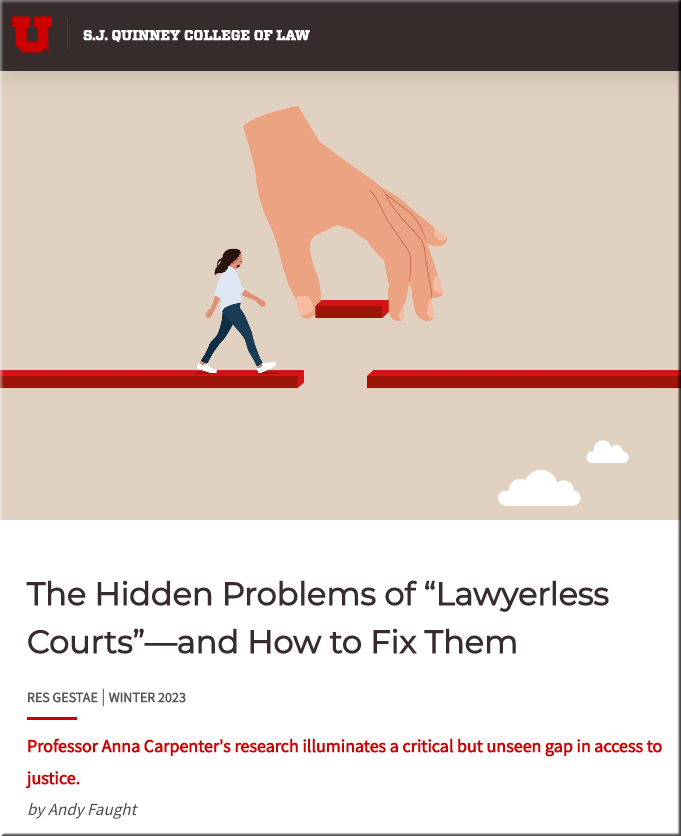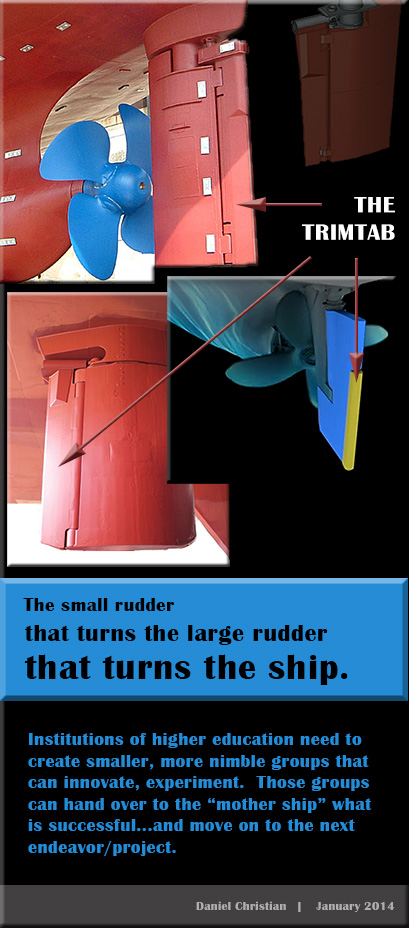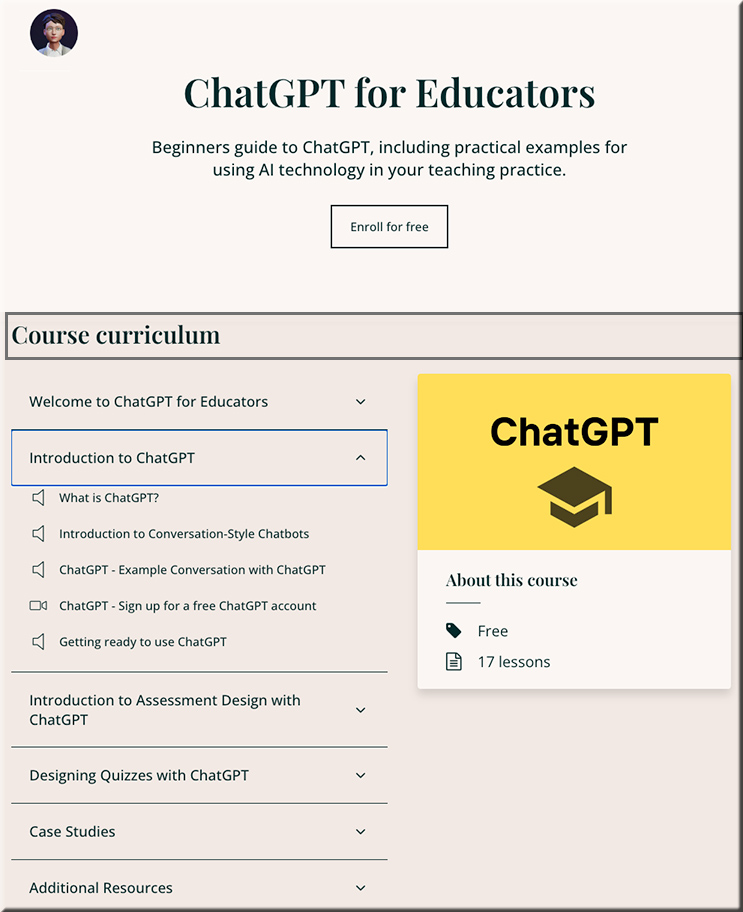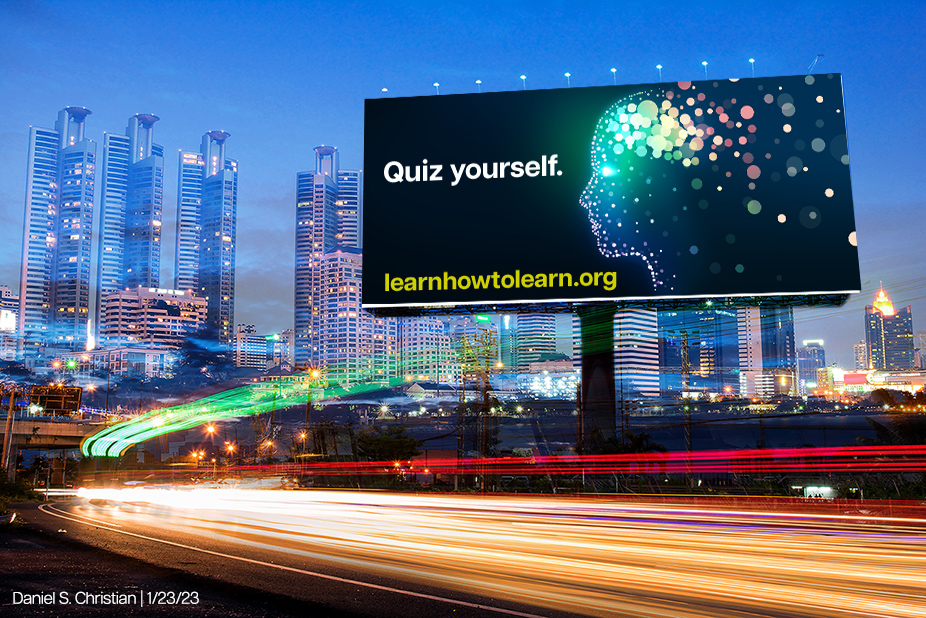Podcast Special: Using Generative AI in Education — from drphilippahardman.substack.com by Dr. Philippa Hardman
An exploration of the risks and benefits of Generative AI in education, in conversation with Mike Palmer
Excerpt:
Among other things, we discussed:
- The immediate challenges that Generative AI presents for learning designers, educators and students.
- The benefits & opportunities that Generative AI might offer the world of education, both in terms of productivity and pedagogy.
- How bringing together the world of AI and the world of learning science, we might revolutionise the way we design and deliver learning experiences.
Also relevant/see:
Also relevant/see:
Are librarians the next prompt engineers? — from linkedin.com by Laura Solomon
Excerpt:
- Without the right prompt, AI fails to provide what someone might be looking for. This probably is a surprise to no one, especially librarians. If you remember the days before Google, you know exactly how this tended to play out. Google became dominant in large part to its inherent ability to accept natural language queries.
- A small industry is now popping up to provide people with the correct, detailed prompts to get what they want when interacting with AI. The people doing this work are referred to as “prompt engineers.”
- Prompt engineers aren’t just people who write queries to be directed to an AI. They also have tend to have a great deal of technical expertise and a deep understanding of how artificial intelligences and natural language can intersect.
- Prompt engineers don’t work for free.
The above item links to The Most Important Job Skill of This Century — from theatlantic.com by Charlie Warzel
Your work future could depend on how well you can talk to AI.
Also relevant/see:
My class required AI. Here’s what I’ve learned so far. — from oneusefulthing.substack.com by Ethan Mollick
(Spoiler alert: it has been very successful, but there are some lessons to be learned)
Excerpt:
I fully embraced AI for my classes this semester, requiring students to use AI tools in a number of ways. This policy attracted a lot of interest, and I thought it worthwhile to reflect on how it is going so far. The short answer is: great! But I have learned some early lessons that I think are worth passing on.









